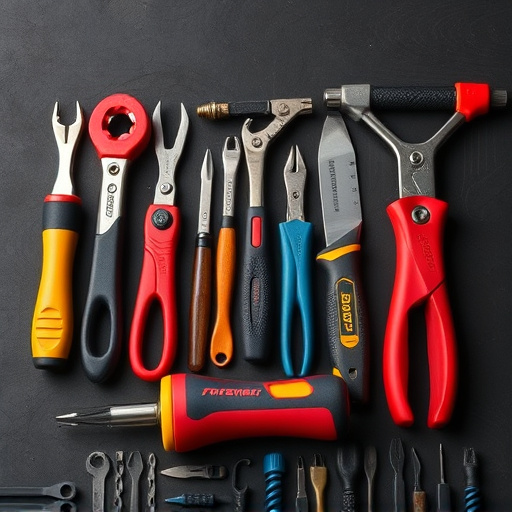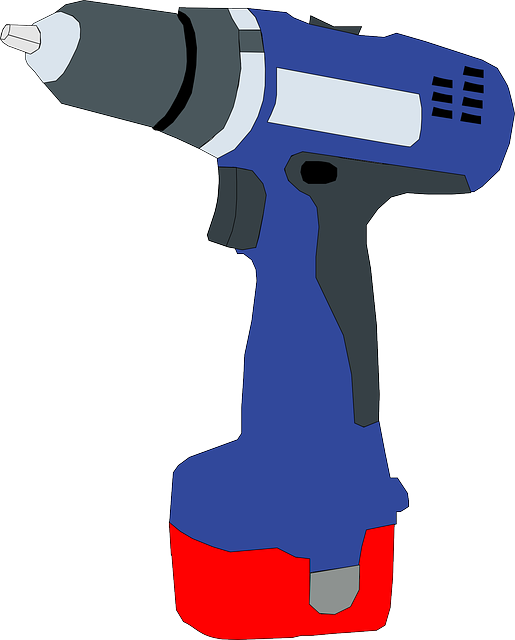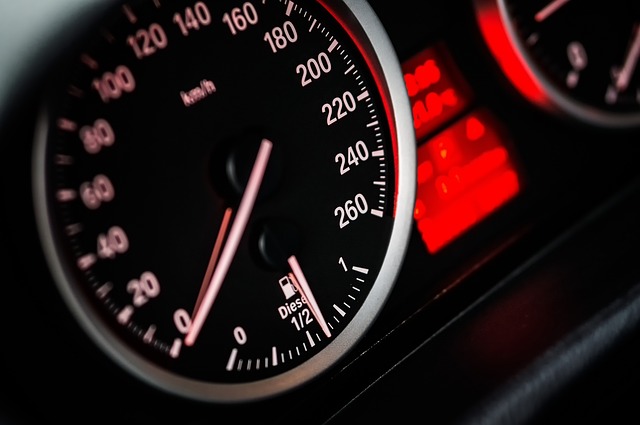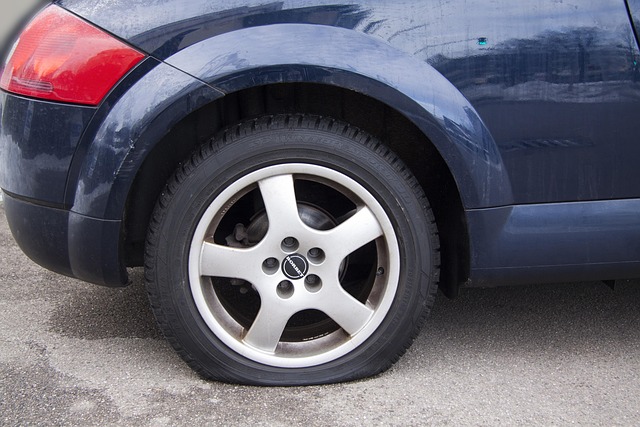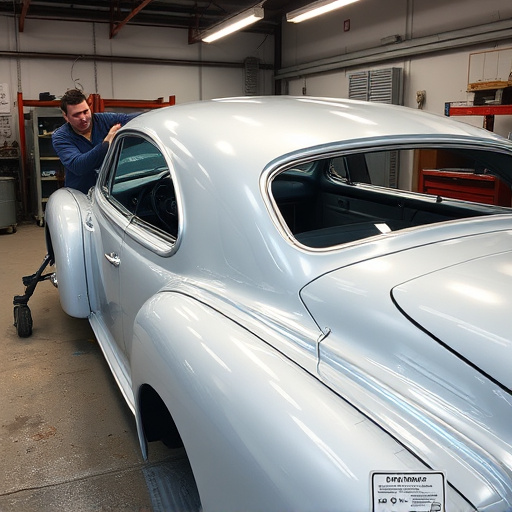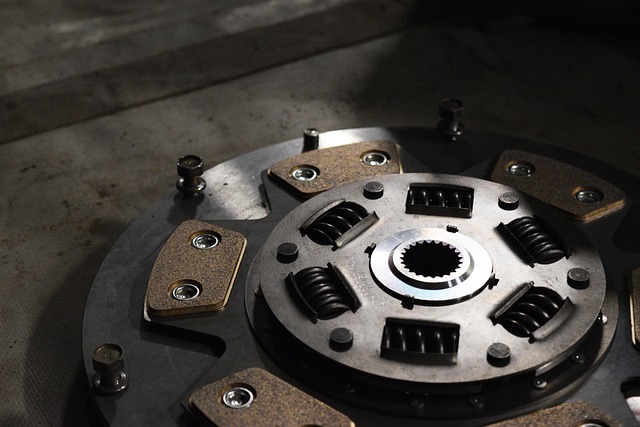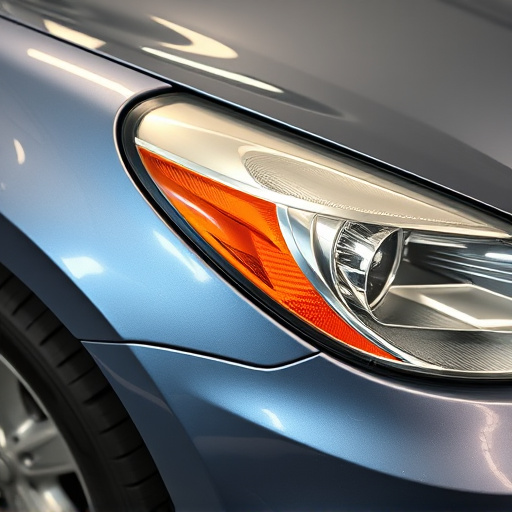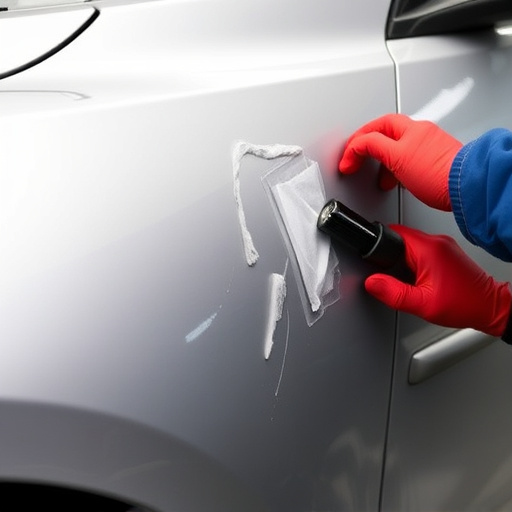Adopting sustainable materials like recycled plastics and plant-derived resins, along with water-based painting technologies, is a crucial shift towards eco-friendly collision repair. These methods reduce environmental impact, enhance durability, improve working conditions, and decrease air pollution, appealing to environmentally conscious consumers. By using green alternatives to traditional toxic chemicals, auto body shops can contribute to ecological preservation, maintain high-quality standards, and stay aligned with the industry's evolving eco-landscape, offering sustainable solutions for collision repair.
In the realm of eco-friendly collision repair, minimizing energy use isn’t just an environmental responsibility—it’s a strategic business decision. This comprehensive guide explores best practices to transform your workshop into an efficient, sustainable hub. From adopting recycled materials and digital technologies to implementing energy-saving solutions, we delve into actionable strategies. Discover how these innovations not only reduce your facility’s carbon footprint but also contribute to a greener future for the automotive industry.
- Adopting Sustainable Materials and Practices
- – Exploring eco-friendly alternatives for collision repair materials
- – The impact of using recycled and biodegradable products
Adopting Sustainable Materials and Practices

In the realm of eco-friendly collision repair, adopting sustainable materials and practices is a game changer. Automotive body shops can minimize their environmental impact by transitioning to greener alternatives for vehicle bodywork and paint repair. This shift involves selecting recycled or biodegradable materials, such as bio-based plastics and plant-derived resins, which not only reduce waste but also offer excellent durability. Additionally, implementing water-based painting technologies significantly cuts down on the use of volatile organic compounds (VOCs), leading to a healthier working environment and reduced air pollution.
By embracing these sustainable practices, eco-conscious automotive body shops can contribute to a greener future while maintaining high-quality vehicle paint repair standards. Such initiatives not only attract environmentally mindful customers but also ensure that collision repair processes remain safe, efficient, and in harmony with the ever-evolving ecological landscape of the industry.
– Exploring eco-friendly alternatives for collision repair materials

In the realm of eco-friendly collision repair, exploring alternative materials is a game-changer. Traditional auto painting and automotive collision repair methods often rely on toxic chemicals and non-sustainable resources. However, the industry is witnessing a transformation with the introduction of greener options. For instance, many vehicle body shops are now opting for water-based paints and coatings, which significantly reduce volatile organic compound (VOC) emissions compared to conventional products. These eco-friendly alternatives not only minimize environmental impact but also offer excellent durability, ensuring long-lasting repairs without compromising quality.
Additionally, the use of recycled materials in automotive collision repair is gaining traction. From recycled metal panels to reclaimed plastic parts, these materials divert waste from landfills and reduce the demand for new resources. Such innovative practices contribute to a more sustainable and responsible approach in the collision repair industry, aligning with the growing consumer demand for eco-friendly vehicle body shop solutions.
– The impact of using recycled and biodegradable products

In the realm of eco-friendly collision repair, the choice of materials plays a pivotal role in minimizing environmental impact. Recycled and biodegradable products are emerging as game-changers, offering a sustainable alternative to traditional automotive repair supplies. By adopting these materials, repair shops can significantly reduce their carbon footprint. For instance, using recycled metal for car body repair not only cuts down on the demand for virgin resources but also diminishes energy consumption associated with primary production. Similarly, biodegradable materials in auto glass repair and even some aspects of automotive repair can prevent harmful waste from ending up in landfills, fostering a greener ecosystem.
This shift towards sustainability ensures that the process of collision repair aligns with the growing global consciousness about environmental preservation. As consumers become more eco-conscious, demand for eco-friendly collision repair services is on the rise. By embracing recycled and biodegradable products, repair shops not only appeal to this demographic but also contribute to a positive change in the automotive industry, making auto glass repair, car body repair, and overall automotive repair practices more harmonious with nature.
Incorporating sustainable practices and materials into eco-friendly collision repair is not just a trend, but a responsible step towards minimizing environmental impact. By choosing recycled and biodegradable products, repair professionals can significantly reduce waste and energy consumption. Adopting these best practices not only contributes to a greener planet but also ensures a more resilient and ethical approach to an industry that often requires significant resources. Embracing eco-friendly collision repair is a win-win for both businesses and the environment, paving the way for a more sustainable future.
